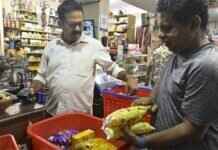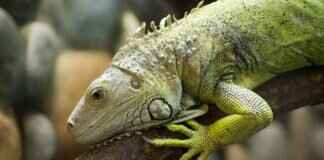In a surprising twist to the ongoing battle against the sweltering heat in Delhi, Pratyush Vatsala, the principal of Lakshmibai College in Delhi University, has resorted to a unique solution: cow dung. Yes, you read that right. The principal took matters into her own hands, quite literally, by applying cow dung to the walls of a classroom in Block C to combat the rising temperatures. This unconventional approach, captured in a video shared internally, quickly made its way to social media, sparking a frenzy of reactions ranging from admiration to skepticism.
A Return to Tradition: The Cow Dung Chronicle
In a bid to address the infrastructural challenges faced by the college, Vatsala’s cow dung intervention was meant to harken back to traditional Indian practices known for their eco-friendly cooling properties. The practice of using cow dung to regulate indoor temperatures has deep roots in Indian culture, with rural communities often employing this method to keep homes cool and repel insects. However, the application of this age-old technique in a modern academic setting has ignited a larger conversation about practicality and symbolism.
While cow dung has proven effective in rural areas where it is mixed with mud to coat floors and walls, offering natural cooling and antibacterial properties, experts are quick to point out its limitations in urban structures. With low compressive strength, cow dung is ill-suited to replace modern cooling systems in cement-heavy buildings like those at Lakshmibai College. The absence of fans or coolers in the classrooms only exacerbates the impracticality of this approach, highlighting the need for more sustainable and innovative solutions to address the issue of heat.
The Heat of the Matter: Infrastructure Woes and Student Concerns
The sweltering conditions in Block C, compounded by overcrowded classrooms, poor ventilation, and malfunctioning fans, have left students and faculty alike feeling the heat-literally. While the college has seen some progress with the construction of a new block, the neglect of older buildings has left many feeling frustrated and underserved. Students, in particular, have raised concerns about the lack of basic amenities like functioning fans and coolers, emphasizing the need for practical solutions to combat the heat.
When approached for comment, Vatsala attributed the cow dung application to a research proposal by faculty members, suggesting that the unconventional method was part of a larger academic endeavor. While the use of cow dung may have historical significance and cultural relevance, its implementation in a modern educational setting has sparked a broader dialogue about the intersection of tradition and progress, sustainability and innovation.
As the debate rages on, one thing is clear: the quest for a cool, comfortable learning environment at Lakshmibai College is far from over. While cow dung may not be the answer to all their problems, the willingness to explore unconventional solutions speaks to the college’s commitment to finding creative ways to navigate the challenges of aging infrastructure and rising temperatures. In the end, it’s not just about cooling classrooms-it’s about finding a balance between honoring the past and embracing the future in pursuit of a more sustainable and student-friendly campus environment.














